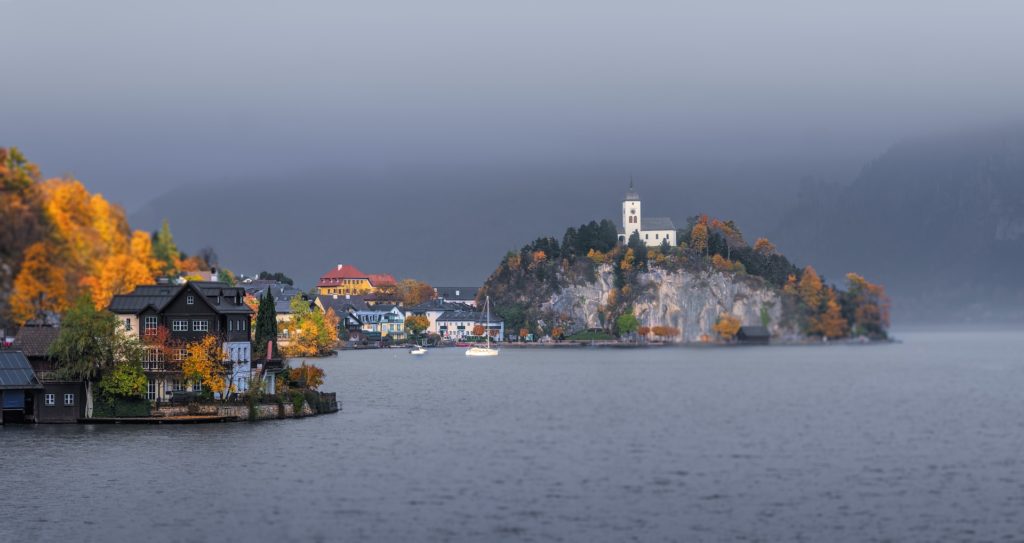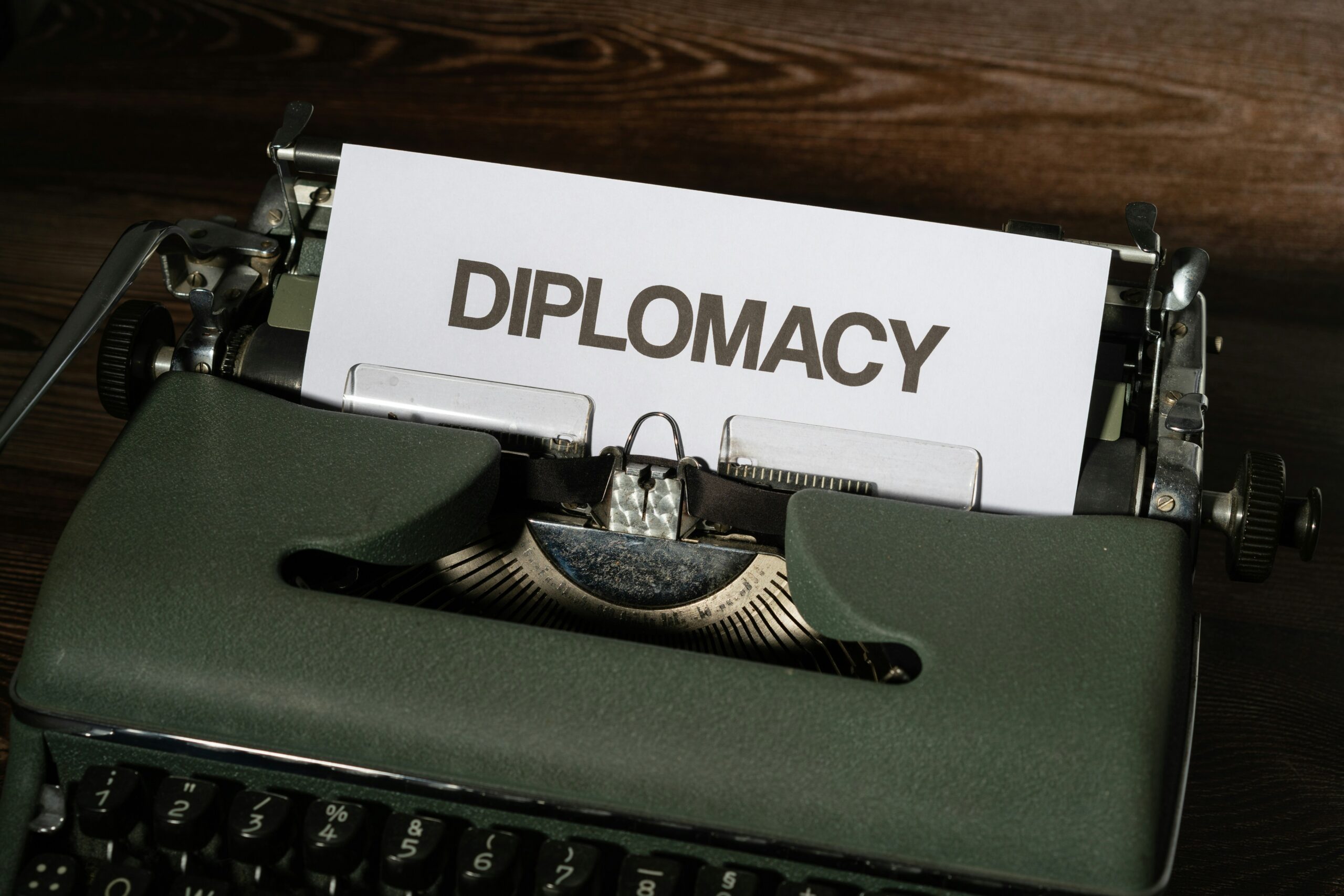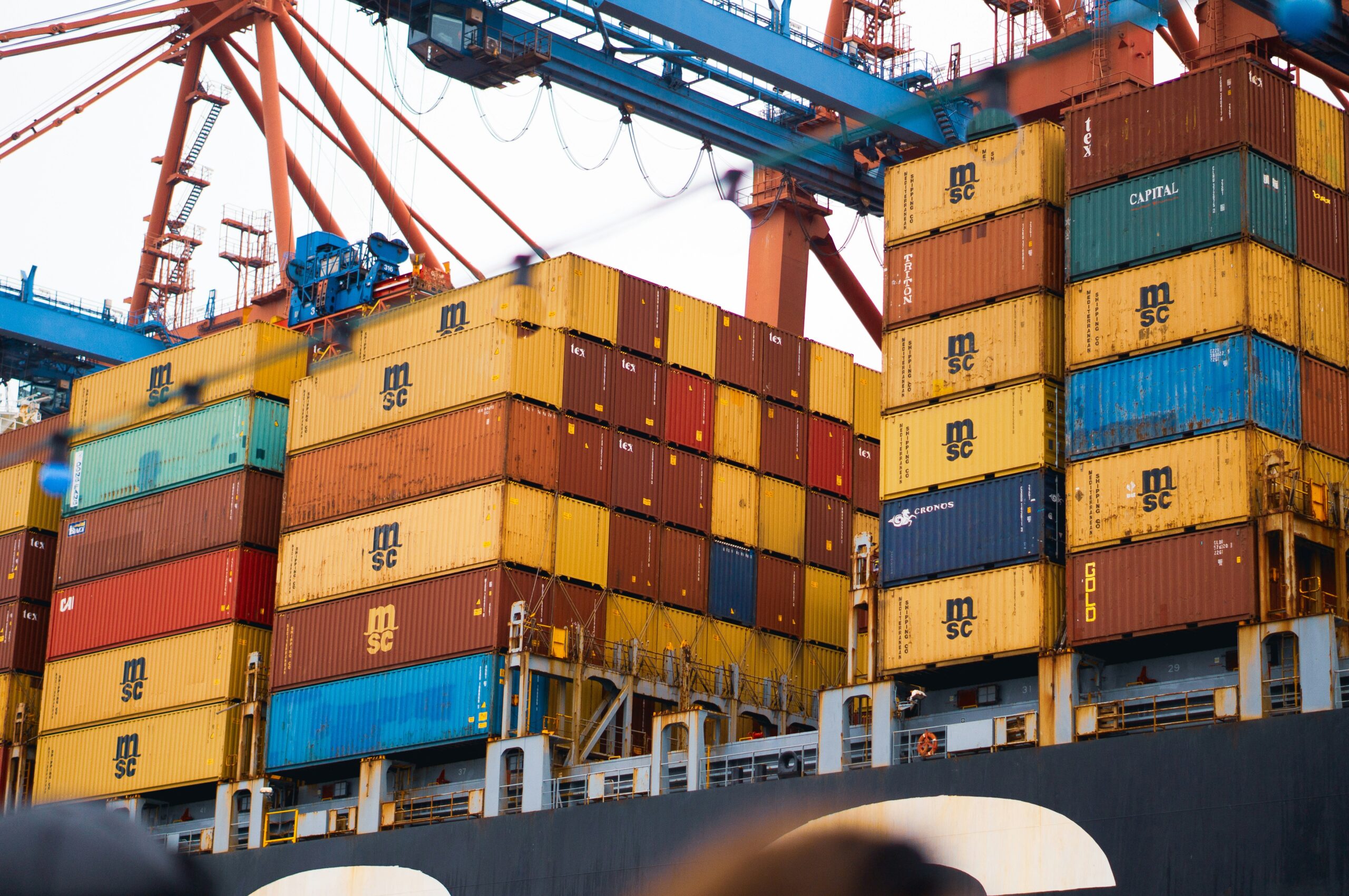This is an uninhabited island located in the eastern Pacific Ocean. It is bordered by Paris, France, Papeete, Tahiti, and Mexico. It is an overseas property of France under the direct authority of the Minister of the Overseas. Formerly, there was a sovereignty dispute between France and Mexico over the island, which was finally resolved in 1931. Being a ring-shaped island enclosed by a stagnant freshwater lagoon devoid of fish with some deep basins, it has a rim averaging 150 m in width, and 400 m in the west, where sea waves often spill into the lagoon. Other than the lagoon and rainwater, it has no other known freshwater sources. Seabird excrement largely found on the island has high levels of phosphate that can be processed into fertilizer. The mining of the resource, guano, started on the territory in the late1800s, and eventually, in 1906, a settlement was built. In the early century, pigs were brought to the island but were later extracted by 1958 as a result of the damage they did to the vegetation, crabs, and bird species. Presently, there is no human settlement on the island.
If you are interested in learning about the island and its relations, this article provides information on the relations of Clipperton island and other information about the territory.

About the country
The territory has a tropical oceanic climate, with a moderate temperature in the rainy season beginning from May to October when there are tropical storms and hurricanes. Although there are 115 species of fish identified in nearby waters, the only source of the economy on the island is tuna fishing. Named after John Clipperton, an English pirate, it was listed as a U.S. island under the Guano Act but annexed by France in 1855. It used to be administered from French Polynesia until France took direct administration of the dependency, making it a territory of the Minister of Overseas France. It is the only coral island in the eastern Pacific where thousands of seabirds and land crabs live. Ducks are common here and migratory landbirds rest on Clipperton during trips in the winter to the southern hemisphere. Located at the end of the Eastern Pacific Barrier, the largest deepwater barrier in the world for the dispersion of marine shore organisms. The territory has strange assemblages of both Indo-Pacific and Panamic plant and animal species. Clipperton acts as a substantial stepping stone for the relationship between the two bioregions here.
Diplomatic relations of the Island
Presently, this territory is not inhabited by humans and is said to be one of the least disturbed Pacific systems. Irrespective of the many proposals, there is no present legal form of protection for the island. The territory is now visited mainly by the French Navy, infrequent scientific expeditions, and US tuna fishermen who often come ashore. Generally, getting access to the territory is hard because of the dangerous ocean swells. However, a research expedition in 1994 recorded many boat anchors abandoned directly offshore and several other tuna boats and yachts in nearby waters. There was once a proposal for constructing a port on the lagoon, but it was later dropped. With the meteorological stations operating here, there is a high potential for the construction of a satellite observation post. The priority conservation actions for the future by France are to ensure legal protection of the island as a scientific research site, execute the proposed 2016 MPA around the territory to restrict the presence of fishermen, and remove non-native plant species like the coconut palm. All affairs regarding the island are managed by the government of France.



